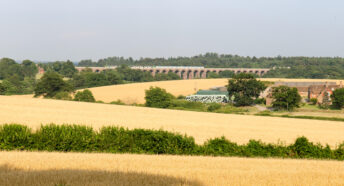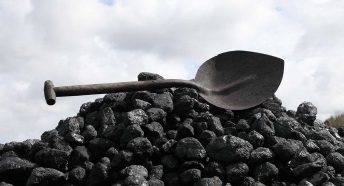Peat: the ‘soggy soil’ that could make net-zero carbon emissions possible
We’re used to hearing about government ambitions to stop the carbon emissions that cause climate change. But without caring for our vulnerable peatlands, it’ll be almost impossible to get there.
Visited a bog, the Fens or the Somerset Levels? That’s peat. It’s easy to dismiss that sodden soil that you sometimes find yourself walking on as just the earth beneath our feet. But not for nothing is that squidgy earth sometimes called the ‘UK’s rainforests’. If it’s cared for properly (and, currently, that’s a big ‘if’), it can lock up vast amounts of carbon from the atmosphere – helping prevent climate change.
Keeping carbon locked up
When they’re in good condition, peatlands can store carbon for millennia. This is perfect for us as we try and reduce carbon emissions in urgent efforts to prevent the climate emergency escalating to further disastrous proportions. But the worrying flipside of these great carbon ‘sinks’ is that when they’re not protected, the carbon that peat holds is released into the atmosphere.
CPRE analysis has shown that if we keep allowing this damage to peatlands to continue, efforts to cut carbon by other means, such as tree planting, will be severely undermined. The government’s target to reach a state where we’re ‘net-zero’ on carbon (meaning that our emissions work out as neutral thanks to carbon-capture methods) will prove impossible to hit if we don’t take a much more ambitious approach to caring for our peat – and fast.
This means taking urgent action to restore and re-wet our existing peatlands. We want to see this done for all areas by 2030.
Tree planting and more
New and existing forests are a target for the government’s carbon-cutting measures, which is great news. At CPRE, we support nature-based solutions to the climate emergency. But without including work on peatlands in these solutions, we might end up without any benefits.
Our new calculations show that if the government meets their plans for tree-planting (30,000 hectares a year by 2025), approximately 18.5 million tonnes of carbon dioxide (CO2) emissions would be captured each year. This is great news, of course, but at the planned rate of progress, these trees can only lock in all that carbon from around 2050-55, as they mature.
The worrying part? At the moment, the same amount – 18.5 million tonnes of greenhouse gases (which are a range of damaging gases, but in this case mostly CO2) – is emitted from our peat each year. We need to protect our peatlands now to stop these dangerous emissions and make all that tree planting worthwhile.
How we can put peat first: greener, better, faster
At the moment, peat has been damaged by having been drained for farmland, cut for fertiliser or burned as fuel. This needs to change. We’re calling on the government to stick to their current plans on tree planting but, alongside this, to do much more to invest in peatland restoration. We’d also like to see them help the farmers to move to sustainable practices where farming on drained peatlands.
No more should peat be overlooked – no more to be, as Richard Lindsay, head of environmental and conservation research at the University of East London’s Sustainability Research Institute, puts it:
‘… the Cinderella habitat, hidden in the shadow of forests when it comes to carbon, water and biodiversity.’
Change for the climate – and for our finances
This will need dedication and funding from the government. The potential benefits are huge – don’t forget, not only does peat lock up carbon but it’s also a valuable habitat for all sorts of wildlife. Without healthy, wet peat, we risk losing rare and endangered species such as red-throated divers or the carnivorous sundew plant.
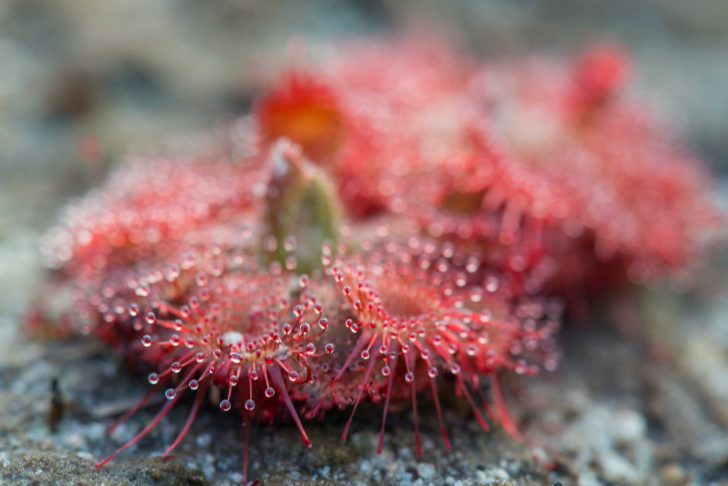
And restoring peatlands makes financial sense, too. The Office of National Statistics report that restoring 55% of peatlands to near-natural condition is estimated to have a present net benefit value of around £50 billion!
Want to know how you can do your bit? Start by reading the tips on how to make a change in our Bog blog: everything you never knew you needed to know about peat. And if you feel as passionately as us about keeping our countryside healthy and addressing climate change, come on board as a CPRE member – there are great perks, too!
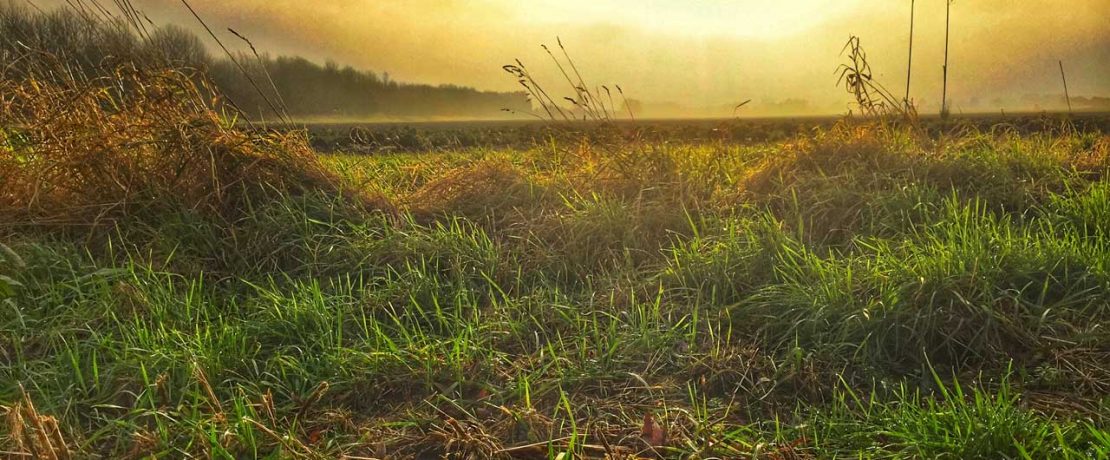




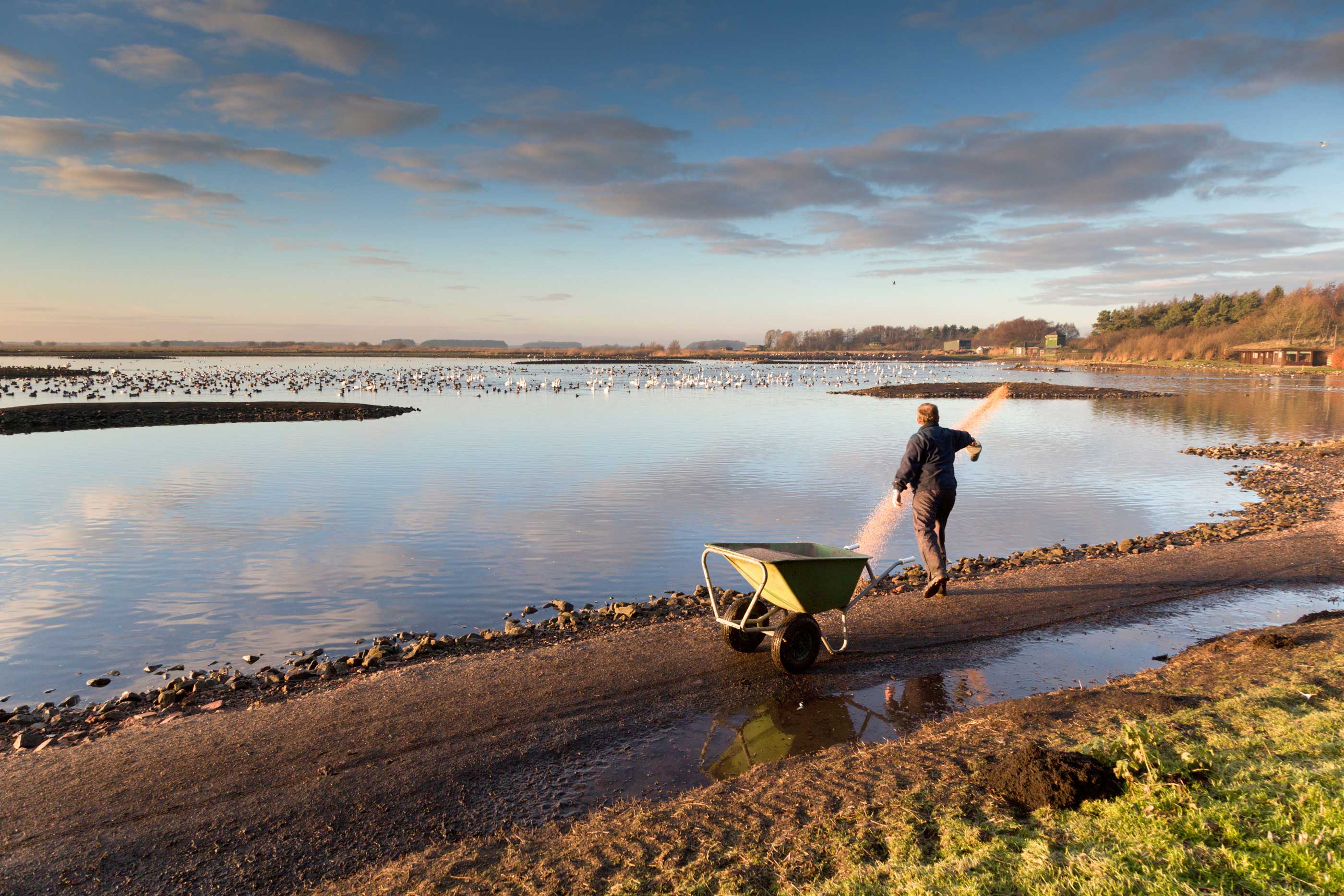
 7 min read
7 min read 
